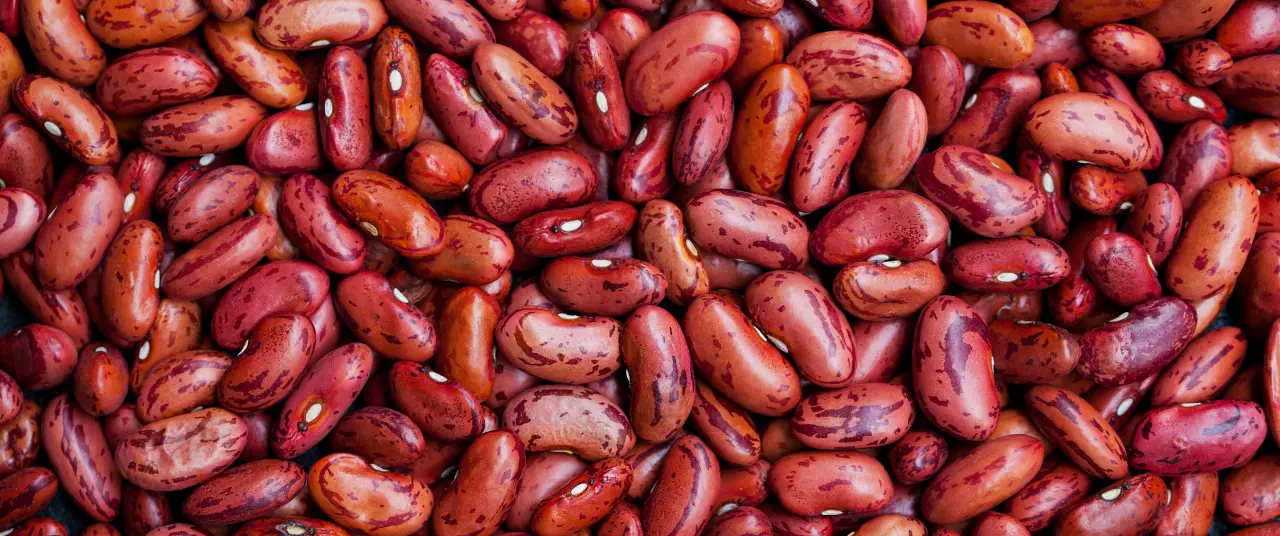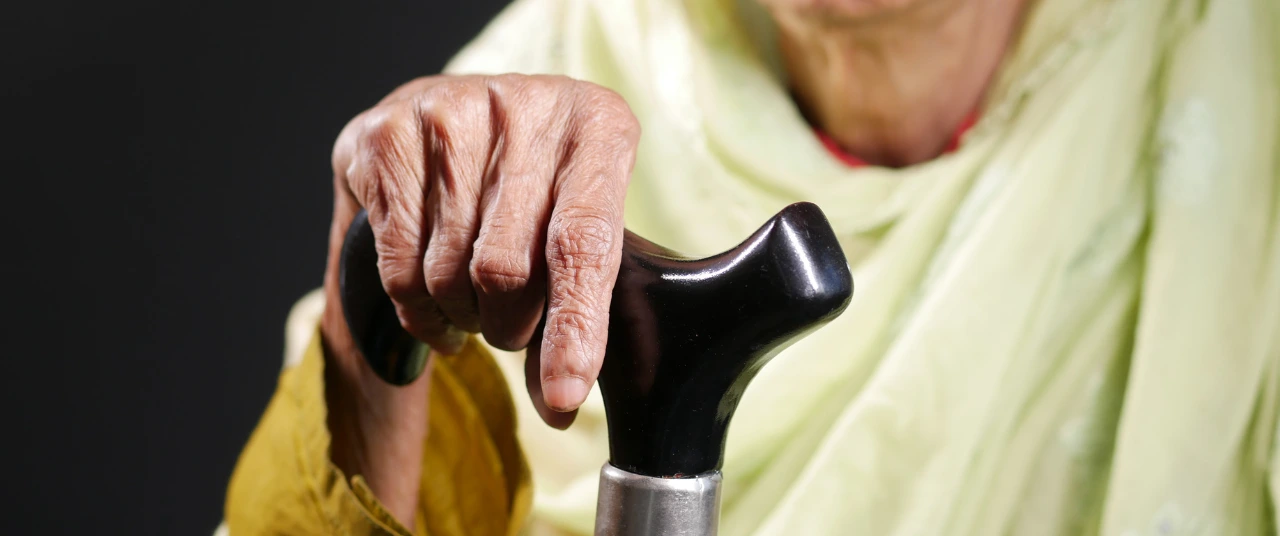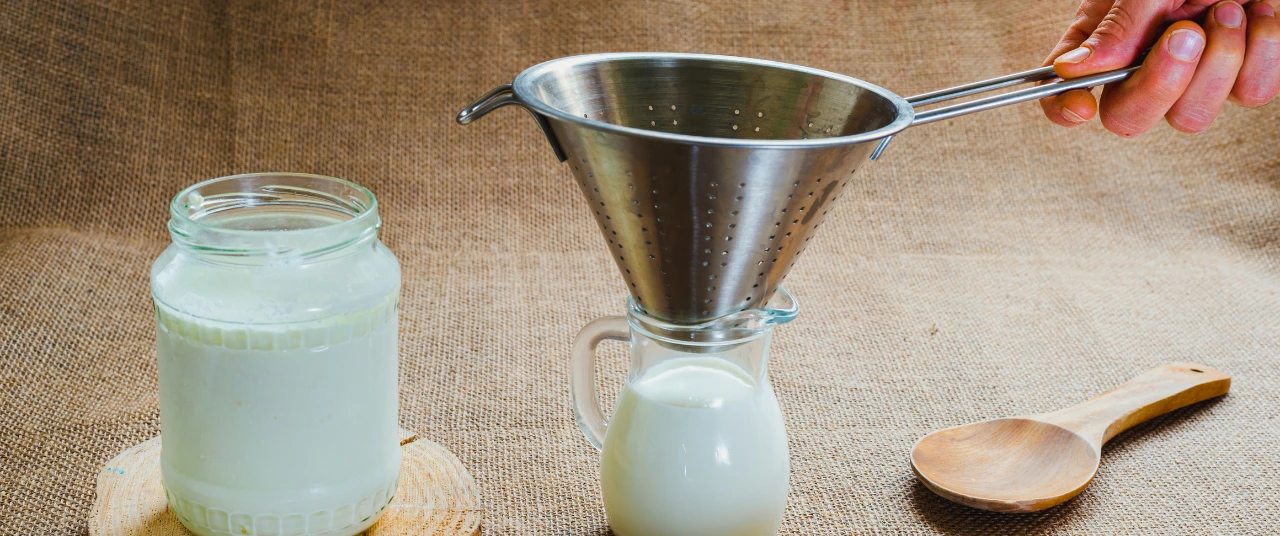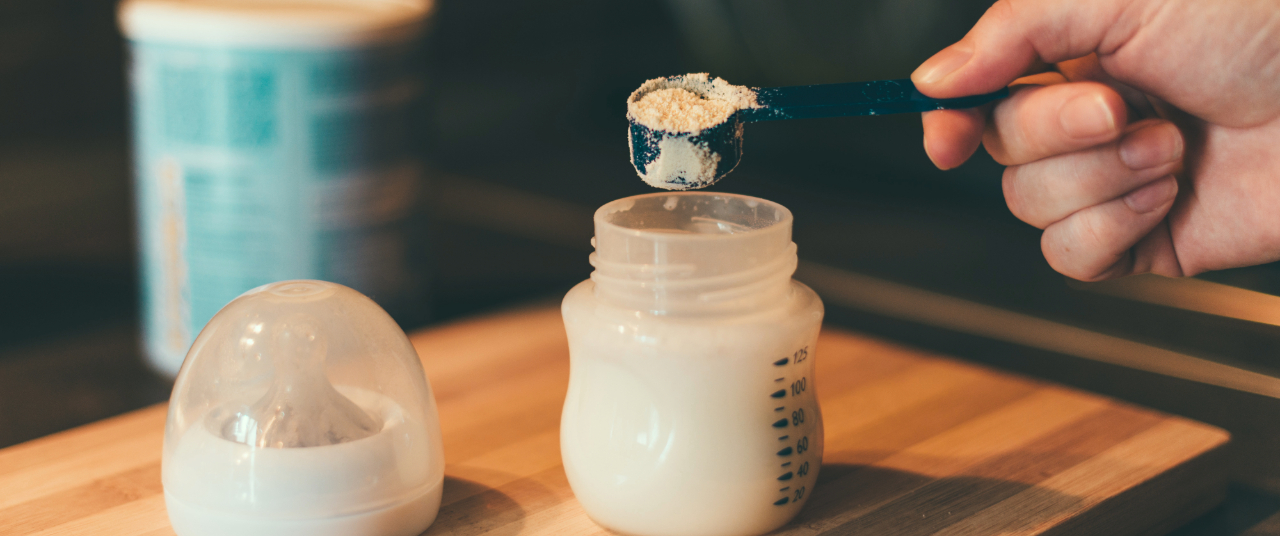The curious case of iron-fortified “power rice”, or why a grain cannot be a magic bullet






Rice takes many different forms, and keenly embraces even more companions. Puffed rice in snacks, poha with some chai, and of course, the classic basmati—fluffed and steamed—do pull on our collective heartstrings. But there’s a new boss in town: a shiny “power rice”, built in with extra nutrients such as iron and folic acid. This special rice, which is now available across all states through the Public Distribution System (PDS), is a prominent example of fortified foods. But rice isn’t our first encounter with this technological intervention.
Chances are, you’re consuming items that have been fortified with a myriad of micronutrients to address India’s nutrient-deficient diet.
India has been experimenting with many such fortification programmes, and its first public health success emerged in the decades after Independence with a universal salt-iodisation scheme in 1962 to curb rising levels of goitre. Today, iodised salt is a ubiquitous presence across the PDS, neighbourhood kirana stores and high-end supermarkets. With these triumphs and a growing international consensus, India has pushed for large-scale fortification programmes for multiple staple foods, including oil and milk. Chances are, you’re consuming items that have been fortified with a myriad of micronutrients to address India’s nutrient-deficient diet. Experts bring up food fortification as a solution, but what does it mean and entail?
First, the basics
The World Health Organization (WHO) defines food fortification as “the practice of deliberately increasing the content of one or more micronutrients in a food or condiment.” This process contributes to public health interventions in the following ways:
- As an internationally accepted practice, it is considered relatively safe, given necessary precautions are taken
- Fortification is a cost-effective initiative. Research by Dalberg indicates that the retail price for fortified food is only 3-7% higher than unfortified food (the study however, does highlight that infrastructure costs are high for small manufacturers). Fortification costs Rs 0.40-1.30 per person per day depending on the micronutrients added
- Fortified foods are often enriched. This means that nutrients lost during processing are added back to the food product
- Fortified food is not consumed whole, but blended in with regular food carriers: for every 100g of fortified rice, only 1g would be fortified rice kernels; the rest is regular milled rice
These benefits are the foundational basis for the country’s decision to further engage with the practice, as seen in its effort to reduce cases of iron-deficiency anaemia. Anaemia is a blood disorder caused by a lack of healthy red blood cells, or haemoglobin (the protein present in red blood cells), making it harder to carry oxygen to the body’s various tissues. The disease is associated with symptoms like fatigue and shortness of breath. In children, it can affect motor development. While mild anaemia is widespread and treatable, severe forms of anaemia such as sickle cell anaemia and severe thalassemia pose risks of organ damage and heart failure. Following a diet plan and taking supplements is the standard treatment for mild anaemia. However, if untreated, it can turn into a severe condition.
According to the National Health Survey-5 (2019-2021), 67.1% of children aged between 6 and 59 months suffer from anaemia, with women and pregnant women–both aged between 15 and 49–following suit at 57% and 52.2%, respectively.
Recognising a need to avert this health crisis, the centre launched the scheme Anemia Mukt Bharat in 2018, which employs a 6-pronged approach—one of which mandates the distribution of iron- and folic acid-fortified rice through government-funded public health programmes. These include the PDS, ICDS (Integrated Child Development Services) and PM-POSHAN (previously Mid Day Meal), making fortified food accessible to anyone who holds a ration card. In principle, these distribution channels are able to serve a greater population, though supply chains differ from state to state.
Food + nutrient
With the fight against anaemia being a focal point of these efforts, “power rice” is central to the conversation about fortification in India. Attention is also being given to wheat fortification. In April 2025, the state of Uttar Pradesh declared its strategy to expand the distribution of iron-fortified rice and further introduce fortified wheat with assistance from the Food Safety & Standards Authority of India (FSSAI) and international organisations like the Global Alliance for Improved Nutrition (GAIN) and the World Food Programme (WFP). The state of Odisha is set to introduce vitamin-fortified milk for vulnerable children through the PM-POSHAN, targeting 44.7 lakh students.
At present, large-scale staple food fortification in India is focused on five food items:
To put things in perspective, an average adult male (aged 19-50) requires 8 mg of iron per day, and a female in the same age range requires 18 mg of iron. Pregnant individuals require 27 mg per day. Yet, increasing iron-deficiency is considered a key cause for anaemia. Vitamin deficiency also proves to be an alarming crisis—Vitamin B12 deficiency, another anaemia causative factor, affects almost half of the Indian population. Furthermore, the Indian Council for Research on International Economic Relations (ICRIER)’s report on Vitamin D deficiency published October 2025 highlights that one in every five Indians is Vitamin D deficient, with women across age groups being more vulnerable. The report signals to FAO and WHO’s guide to food fortification to eliminate deficiencies.
The FSSAI regulates standards on fortification with the Food Safety and Standards (Fortification of Foods) Regulations, 2018, under the Food Safety and Standards Act, 2006 (34 of 2006). Additionally, these regulations define the lower and upper limit of added micronutrients and mandate that no manufacturer involved in the fortification falls lower than 10% of the declared value. The maximum limit should be complied with, as specified in Schedule I of the regulations.
Food processing differs from food to food, and even the nutrient is added in different forms. Rice, for example, is ground to make rice flour, and then enriched with a nutrient premix. After adding adequate moisture, it is then shaped in kernels. Fortified rice kernels are opaque and rounder compared to regular rice. After drying and quality checks, it is blended with regular milled rice. This ratio ranges from 1:50 to 1:100.

There is always a set ratio for fortified food. For every litre of fortified edible oil, there are 25000 IU of vitamin A and 2000 IU of vitamin D. For fortified milk, the acceptable ratio is between 1:50 and 1:100. According to Dr Nandeep ER, a PhD student at Cornell University and formerly a scientist at the ICMR–National Institute of Nutrition (ICMR-NIN), Hyderabad, this ratio is determined according to the amount of nutrients that will be delivered to the body upon consumption. At last, Food Safety Officers effectively test the product for quality and safety compliance post-manufacturing.
The FSSAI sets criteria for quality assurance, labelling and packaging. Fortified foods carry a ‘+F’ label, occasionally with the tagline ‘Sampoorna Poshan Swasth Jeevan’. The packaging must also carry details about the fortificant. Fun fact: iodised salt is exempt from this regulation. Double fortified salt (carrying iron and iodine) carries the label.
Also read: Mess on my plate: How Indian students are fixing their college diets
The impact
Over the last five years, fortification efforts have seen a substantial increase. However, there are questions about whether the ubiquitous fortified rice is able to achieve its primary goal of reducing anaemia cases in the country.
There are risks associated with consumption if an individual is predisposed to genetic blood disorders like sickle cell anaemia and thalassaemia. The situation was worsened by the lack of a warning label before 2021, now mandated by the Food Safety Authority to alert those with the disorder. While warning labels are not an international standard, India has a considerable number of people affected by these conditions, especially in vulnerable groups who effectively become the primary beneficiaries. Despite endless debate, the Ministry of Consumer Affairs, Food and Public Distribution maintains that fortified food is completely safe. In the same year, 510 tonnes of fortified rice expired and were then sold as animal feed in the state of Tamil Nadu upon failing to meet quality standards.
In 2024, the Madras High Court urged the centre to investigate the potential risk factors associated with fortified rice when dealing with two PILs. In 2022, protests by members of the Wayanadan Chetty community in Kerala highlighted the adverse effects of FRK (fortified rice kernel) on its population predisposed to these hereditary disorders. As a state with multiple indigenous rice varieties, the FRK was also believed to be against their agricultural heritage. They also questioned the effectiveness of the programme.
Similarly, Jharkhand’s Dalbhumgarh and Chakulia blocks—some of the first districts to receive fortified rice because of their established rice mill network—expressed concerns over the quality of the fortified rice. For people well-versed with cultivating rice, the residents found the fortified rice to be something alien. Jharkhand also reflected the inconsideration made to anaemic cases not induced by iron deficiency. Fortified rice has even been labelled as “plastic rice” by some.
Experts assert that fortification alone is not the solution for malnutrition; in order to combat specific diseases like anaemia, it is imperative to pay heed to other causes of the disease. It is a condition that can develop due to multiple reasons: diet, undetected blood loss, unprescribed medication usage, medical conditions that hinder iron absorption and other chronic ailments. Iron deficiency makes up for less than a third of anaemia cases. It can also be caused due to poor absorption of Vitamin B12, which ultimately gets addressed through recent fortification efforts. Interestingly, vitamin C, essential for iron absorption, is absent from the government’s policy.
Pregnant women are prone to anaemia due to a higher blood volume. The Anemia Mukt Bharat scheme has attempted to screen for non-nutritional causes of anaemia, which include inherited disorders. Mission Poshan 2.0, a flagship programme rolled out by the Centre, also employs fortification along with promoting diet diversification to address malnutrition and its adverse effects (beside anaemia and stunting alone). Moreover, environmental factors, such as air pollution also contribute to an increasing number of anaemia patients, both demand more attention.
Experts assert that fortification alone is not the solution for malnutrition; in order to combat specific diseases like anaemia, it is imperative to pay heed to other causes of the disease
Vaishnavi Iyer, a public health and social policy professional, previously with the Maharashtra Woman and Child Development Department, stresses that it is not simple to determine immediate results with an approach like food fortification, especially with the number of people affected by the anaemia in the country. Yet, she emphasises its widened scope proves to be beneficial. “When you consider other alternatives and the targeted groups, the impact of fortification is huge because it is using public schemes like PDS and ICDS, addressing concerns for children and women.”
In the case of Uttar Pradesh alone, the estimated beneficiaries of this scheme are around 19.2 lakhs. But this, too, ends up as a small fraction when compared to the fact that anaemia affects 40% of the state’s population, which exceeds 2 crores.
Also read: RTI: A powerful tool in fighting hunger
Additionally, it appears that the fortification programme effectively targets individuals with nutrient deficiency from developing anaemia. As one of 6 interventions of the "Anemia Mukt Bharat programme, the emphasis appears to be on decreasing malnutrition which can cause mild anaemia. It is recommended to employ complementary measures such as diet diversification and supplementation to further address hidden hunger (occurrence of micronutrient deficiency when the food consumed does not meet the micronutrient requirement). Researchers at ICMR-NIN, in their white paper titled 'Efficacy And Safety Of Iron-Fortified Rice In India', published in 2023, concluded that iron deficiency may persist in young girls despite fortification. In the institute’s follow-up report on the roll-out of iron-fortified rice in 2024, they added that there is now a need for an impact study to investigate the long-term developments or changes caused by this intervention.
Dr Nandeep ER, one of the authors of the paper, adds that with slight fine-tuning of the FRK, minor differences in texture and density could be corrected, boosting acceptability. Behaviour change communication (BCC) becomes imperative to educate consumers about the significance of fortified food.
Policies ultimately serve people, and with developments with fortification, it will be interesting to witness how acceptability and effectiveness take centre stage.
{{quiz}}
Explore other topics
References


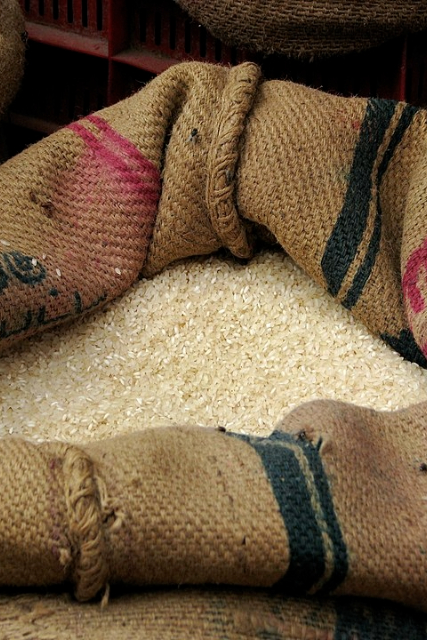

.avif)

.avif)

